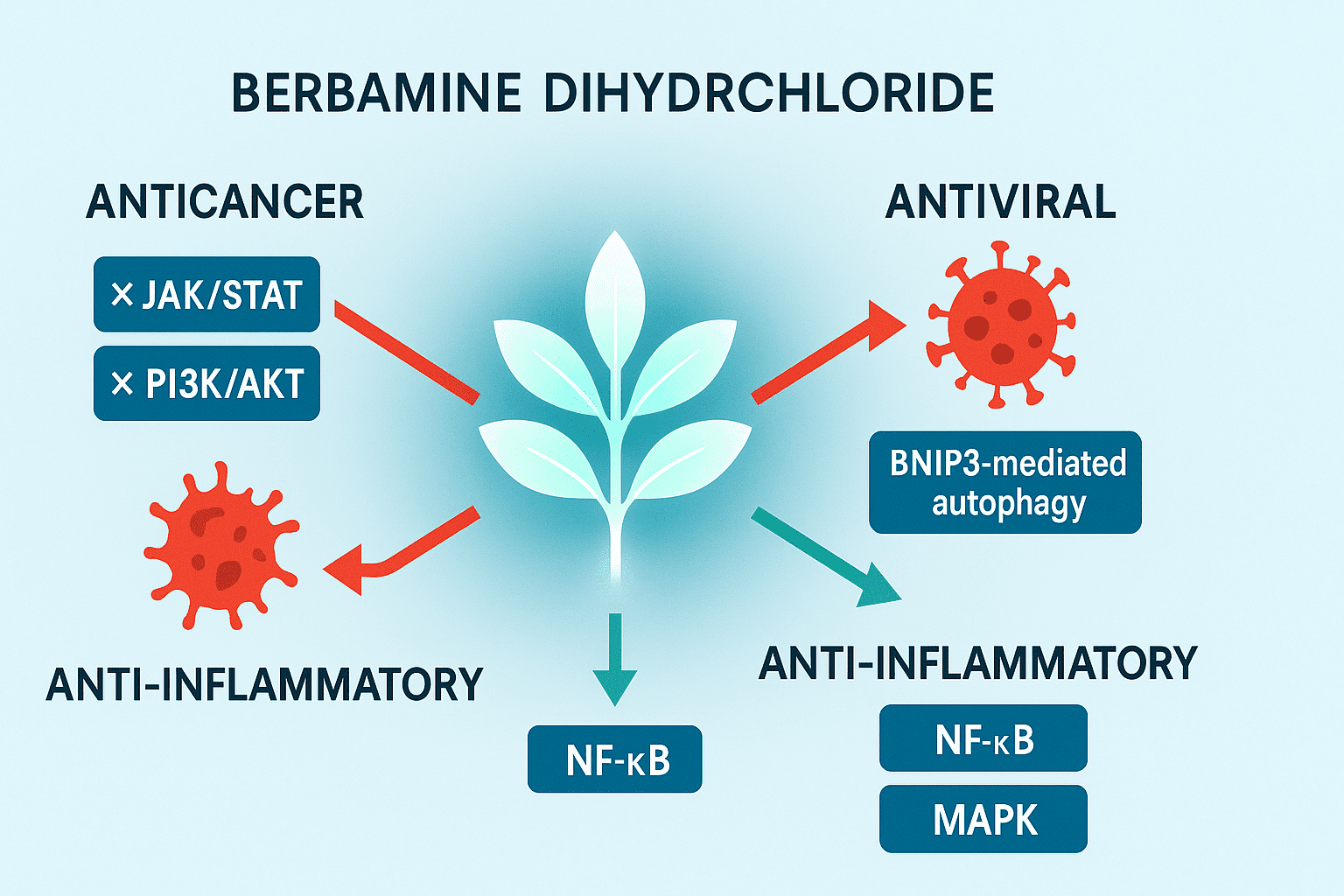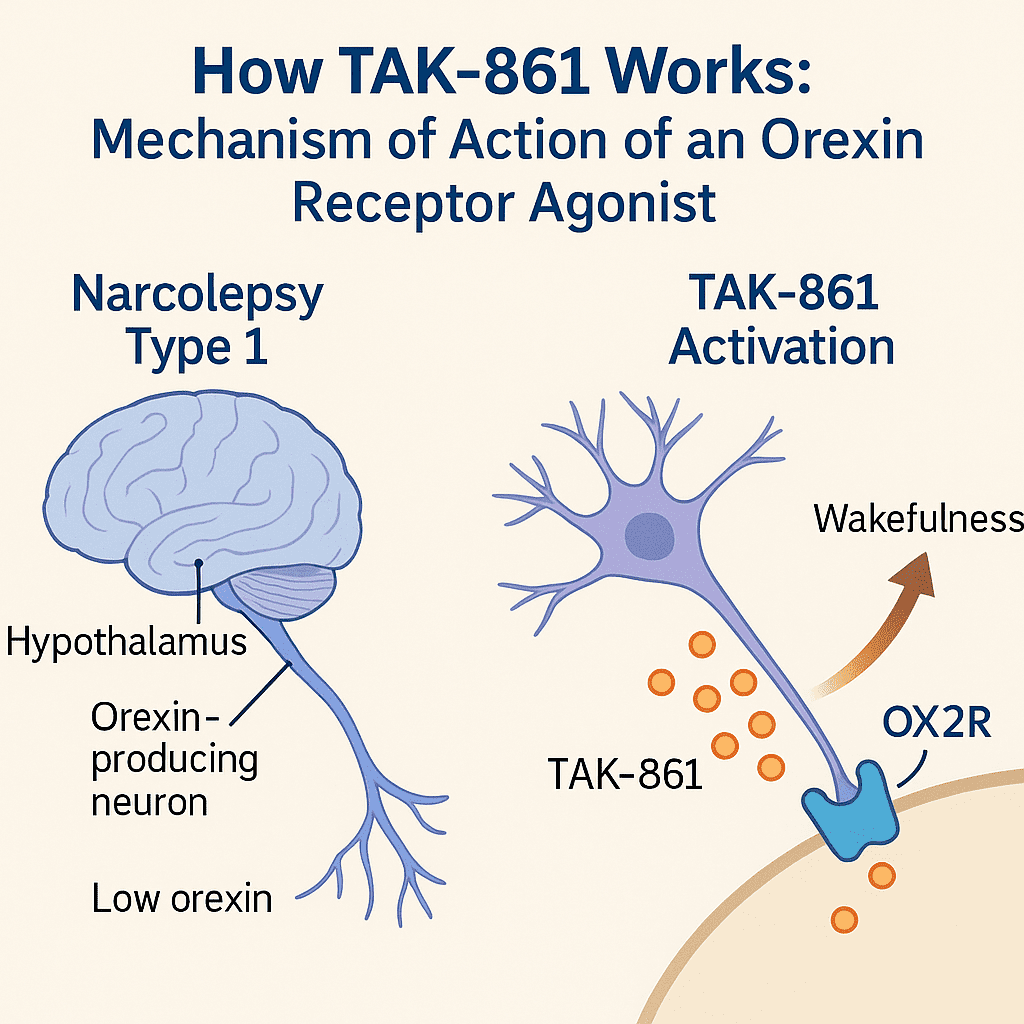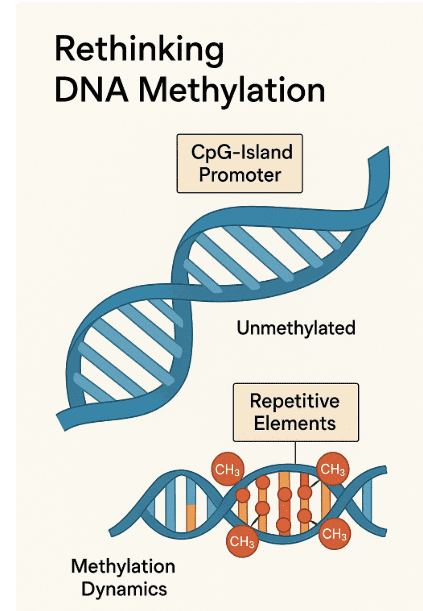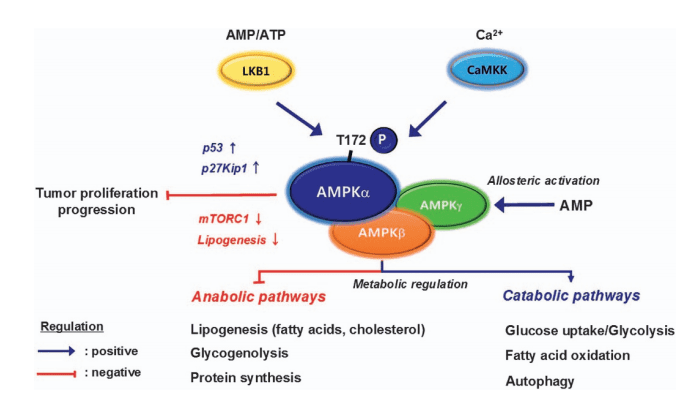Baclofen: A Multifaceted Therapeutic Agent and Its Role in Advanced Pharmaceutical Research
Abstract
Baclofen is a versatile pharmaceutical agent initially developed as an antiepileptic, later proving effective in treating spasticity associated with multiple sclerosis and spinal cord injuries. As a GABA-B receptor agonist, Baclofen reduces muscle spasticity by inhibiting neuronal excitability. Beyond its approved uses, Baclofen has shown therapeutic potential in managing alcohol use disorder and gastroesophageal reflux disease, highlighting its broader applicability in clinical practice. Our company provides high-quality Baclofen, along with its impurities, metabolites, isotope-labeled compounds, and building blocks. These offerings ensure the drug’s efficacy and safety, adhering to stringent regulatory standards. The availability of isotope-labeled compounds aids in precise pharmacokinetic and metabolic studies, while the provision of essential building blocks facilitates the development of novel derivatives and analogs. Our custom synthesis services and comprehensive technical support enable researchers and pharmaceutical companies to overcome drug development challenges, fostering innovation. This collaborative approach ensures tailored solutions for specific research needs, advancing medical science and therapeutic development. Baclofen’s multifaceted applications, combined with our commitment to quality and innovation, position us as a valuable partner in the pharmaceutical and research sectors, dedicated to improving patient outcomes worldwide.
Introduction
Baclofen, a prominent pharmaceutical compound, was initially developed in 1962 by Swiss chemist Heinrich Keberle as a potential antiepileptic agent. Despite its initial intent, Baclofen did not exhibit substantial efficacy in treating epilepsy. However, serendipitous findings revealed its significant impact on reducing spasticity in patients suffering from multiple sclerosis and various spinal cord pathologies. Consequently, Baclofen was introduced in the medical field in 1971 and subsequently received approval from the United States Food and Drug Administration (FDA) in 1977.
Baclofen operates as a gamma-aminobutyric acid (GABA) receptor agonist, specifically targeting GABA-B receptors in the central nervous system (CNS) and peripheral nervous system. This mechanism inhibits monosynaptic and polysynaptic reflexes at the spinal level, leading to decreased muscle spasticity and improved motor control. Over the years, Baclofen has become a cornerstone in managing spasticity related to multiple sclerosis, spinal cord injuries, and other related disorders. Its therapeutic versatility extends to off-label uses, including the management of alcohol use disorder, gastroesophageal reflux disease (GERD), and various other conditions.
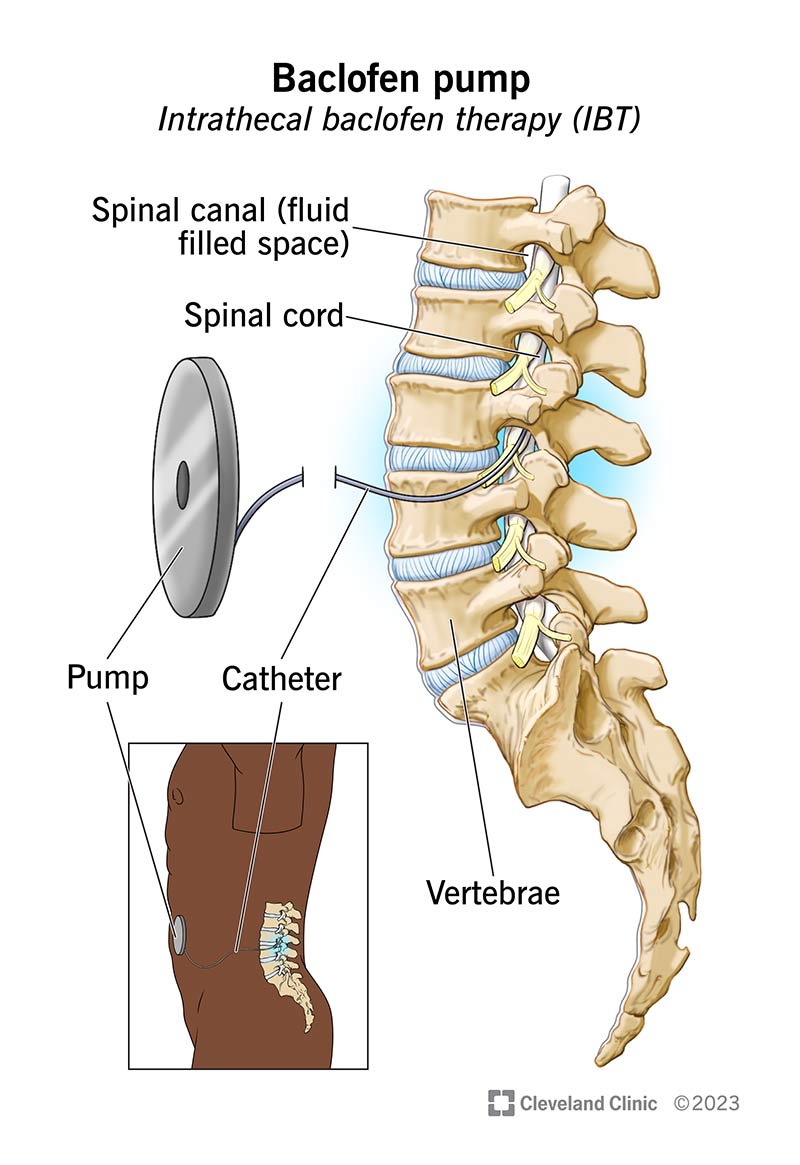
As a chemical supplier, our company is dedicated to providing not only high-quality Baclofen but also its impurities, metabolites, isotope-labeled compounds, and building blocks. The purity and integrity of pharmaceutical compounds are paramount to ensuring efficacy and safety in medical applications. Our commitment to quality and compliance with regulatory standards underscores our ability to meet the diverse needs of researchers and pharmaceutical manufacturers. By offering comprehensive solutions and technical support, we facilitate the advancement of medical research and therapeutic development.
In the subsequent sections, we will delve deeper into the various aspects of Baclofen, highlighting its clinical applications, the importance of managing impurities and metabolites, and our custom solutions designed to support innovative research and development.
Overview of Baclofen
Description of Baclofen
Baclofen is a derivative of gamma-aminobutyric acid (GABA), the primary inhibitory neurotransmitter in the central nervous system (CNS). Its chemical structure, 4-amino-3-(4-chlorophenyl) butanoic acid, allows it to mimic GABA’s actions by binding to GABA-B receptors. This binding leads to the inhibition of monosynaptic and polysynaptic reflexes at the spinal level, ultimately reducing muscle spasticity and improving motor control. The chemical properties of Baclofen make it particularly effective in targeting the spinal cord, where it exerts its primary therapeutic effects.
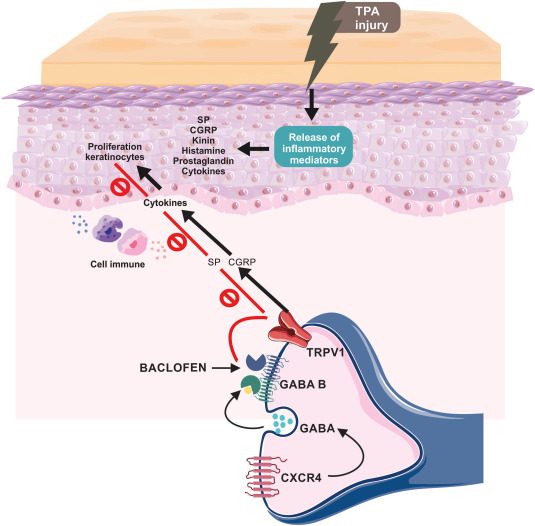
Baclofen’s mechanism of action involves its role as a GABA-B receptor agonist. Upon binding to these receptors, Baclofen inhibits the release of excitatory neurotransmitters, thereby decreasing neuronal excitability. This action is pivotal in managing conditions characterized by excessive muscle spasticity, as it helps to restore a more balanced neural activity.
Therapeutic Uses of Baclofen
FDA-Approved Uses:
Baclofen is primarily approved by the FDA for the treatment of spasticity related to multiple sclerosis, spinal cord injuries, and other spinal cord disorders. It is administered either orally or intrathecally (directly into the spinal fluid) to achieve optimal therapeutic outcomes. Intrathecal administration, in particular, allows for higher concentrations of the drug to be delivered directly to the site of action with fewer systemic side effects.
Off-Label Uses:
Beyond its approved uses, Baclofen has been employed off-label for various other conditions. These include the management of alcohol use disorder, where it helps reduce cravings and withdrawal symptoms. Additionally, Baclofen has shown efficacy in treating gastroesophageal reflux disease (GERD) by decreasing transient lower esophageal sphincter relaxations, thus reducing acid reflux episodes. Other off-label uses include treatment for chronic hiccups, muscle spasms, and certain neuropsychiatric disorders.
By understanding Baclofen’s chemical properties and its diverse therapeutic applications, healthcare providers can better utilize this drug to enhance patient outcomes across a range of conditions.
Baclofen in Clinical Settings
Detailed Discussion on Baclofen’s Clinical Applications
Treatment of Spasticity
Baclofen is widely recognized for its effectiveness in treating spasticity, particularly in patients with multiple sclerosis and spinal cord injuries. By acting as a GABA-B receptor agonist, Baclofen reduces muscle spasticity through its inhibitory action on neuronal excitability within the spinal cord. This leads to a significant improvement in muscle tone and motor function, enhancing the quality of life for patients suffering from debilitating muscle stiffness and spasms. Intrathecal Baclofen therapy (ITB) is especially beneficial for severe cases of spasticity, as it delivers the drug directly into the cerebrospinal fluid, providing high concentrations at the site of action with minimal systemic side effects.
Management of Alcohol Use Disorder (AUD)
Baclofen has emerged as a promising off-label treatment for alcohol use disorder (AUD). Its efficacy lies in its ability to modulate the GABAergic system, which plays a crucial role in the brain’s reward pathways associated with alcohol consumption. Clinical studies have shown that Baclofen can reduce cravings and withdrawal symptoms, aiding patients in achieving and maintaining abstinence from alcohol. Despite mixed results in some trials, Baclofen remains a valuable option for patients who have not responded well to other treatments for AUD.
Use in Gastroesophageal Reflux Disease (GERD)
In addition to its neuromuscular applications, Baclofen is utilized off-label for managing gastroesophageal reflux disease (GERD). GERD is characterized by frequent episodes of acid reflux, primarily due to transient relaxations of the lower esophageal sphincter. Baclofen’s GABA-B receptor agonist properties help in reducing these relaxations, thereby decreasing the frequency and severity of reflux episodes. This makes Baclofen a useful adjunct therapy for patients with GERD who do not adequately respond to standard treatments.
Summary of Baclofen’s Benefits and Effectiveness in These Treatments
Baclofen’s therapeutic versatility is well-documented across various clinical settings. In treating spasticity, Baclofen provides substantial relief, improving patient mobility and comfort. Its role in managing alcohol use disorder offers a viable alternative for patients struggling with dependence, particularly those with coexisting liver disease where other medications might pose risks. Furthermore, Baclofen’s effectiveness in reducing GERD symptoms adds another dimension to its clinical utility, addressing a common and often challenging condition. Collectively, these benefits underscore Baclofen’s importance as a multifaceted therapeutic agent.
Baclofen Impurities, Metabolites, Isotope-Labeled Compounds, and Building Blocks
Baclofen Impurities and Metabolites
Baclofen, like many pharmaceuticals, may contain impurities that can arise during its synthesis, storage, or degradation. These impurities can be classified into organic, inorganic, and residual solvents. Organic impurities are by-products formed during the manufacturing process, inorganic impurities are typically residual catalysts or reagents, and residual solvents are leftover solvents used in the synthesis process. The presence of impurities in Baclofen can significantly impact its efficacy and safety profile, making it crucial to monitor and control these impurities to meet stringent regulatory standards .
Baclofen is metabolized primarily in the liver, producing several metabolites that are excreted via the kidneys. The main metabolite of Baclofen is β-(p-chlorophenyl)-γ-aminobutyric acid, which is pharmacologically inactive. Monitoring these metabolites is essential for understanding the drug’s pharmacokinetics and potential effects on the body. Ensuring that these metabolites are within acceptable limits is vital for patient safety and drug efficacy.
Isotope-Labeled Compounds and Building Blocks
Isotope-labeled compounds of Baclofen are critical in research for studying the drug’s pharmacokinetics, metabolic pathways, and mechanisms of action. These labeled compounds, such as Baclofen labeled with carbon-13 or deuterium, allow researchers to trace the drug’s journey through the body with high precision. This is particularly useful in drug development and in ensuring that the drug reaches its intended targets without causing unwanted side effects.
Building blocks of Baclofen are the precursor chemicals used in its synthesis. These building blocks are essential for creating derivatives and analogs of Baclofen, which can be used to develop new therapeutics with potentially improved efficacy or reduced side effects. The availability of high-quality building blocks is crucial for pharmaceutical research and development, enabling the creation of novel compounds that can address various medical conditions more effectively.
Custom Solutions and Services
Custom Synthesis Services
Our company offers custom synthesis services tailored to meet the specific needs of researchers and pharmaceutical manufacturers. Whether you need Baclofen derivatives, isotope-labeled compounds, or specific impurities for research purposes, we provide high-quality and reliable custom synthesis solutions. Our team of experts ensures that all products meet stringent quality and regulatory standards.
Technical Support and Expertise
In addition to supplying high-quality Baclofen and related compounds, we offer comprehensive technical support to assist with regulatory documentation, compliance, and other technical aspects of pharmaceutical development. Our team is dedicated to helping clients navigate the complexities of drug development and ensuring the successful application of our products in their research and clinical practices.
Collaborative Approach
We emphasize a collaborative approach, working closely with researchers and pharmaceutical companies to understand their unique needs and challenges. By providing tailored solutions and expert support, we aim to foster innovation and advance medical research and therapeutic development.
Conclusion
Baclofen stands as a versatile and essential pharmaceutical agent with applications extending beyond its initial purpose. Initially developed as an antiepileptic, Baclofen has proven its efficacy in treating spasticity associated with multiple sclerosis, spinal cord injuries, and other related pathologies. Its unique mechanism of action as a GABA-B receptor agonist allows it to inhibit neuronal excitability effectively, reducing muscle spasticity and improving motor function. These attributes have solidified Baclofen’s place in clinical practice, particularly for conditions characterized by excessive muscle stiffness and spasms.
In addition to its approved uses, Baclofen’s off-label applications demonstrate its broader therapeutic potential. Its role in managing alcohol use disorder, gastroesophageal reflux disease, and other conditions highlights its ability to modulate neural pathways beyond the treatment of spasticity. This adaptability underscores the importance of ongoing research and development to explore new therapeutic avenues for Baclofen.
Our company not only provides high-quality Baclofen but also specializes in supplying its impurities, metabolites, isotope-labeled compounds, and building blocks. The meticulous control and monitoring of impurities and metabolites ensure that Baclofen maintains its efficacy and safety, adhering to stringent regulatory standards. The availability of isotope-labeled compounds is invaluable for research, allowing for precise tracing of the drug’s pharmacokinetics and metabolic pathways. Furthermore, providing essential building blocks facilitates the development of novel Baclofen derivatives and analogs, potentially leading to new and improved therapeutic options.
By offering custom synthesis services and comprehensive technical support, we aim to assist researchers and pharmaceutical companies in overcoming the challenges of drug development. Our collaborative approach ensures that we can tailor our solutions to meet specific research needs, fostering innovation and advancing medical science.
In summary, Baclofen’s multifaceted applications and our commitment to quality and innovation position us as a valuable partner in the pharmaceutical and research sectors. We are dedicated to supporting the advancement of medical research and therapeutic development, ensuring that Baclofen and its related compounds can continue to provide significant benefits to patients worldwide.
Reference
- Romito, J. W., Turner, E. R., Rosener, J. A., Coldiron, L., Udipi, A., Nohrn, L., … & Romito, B. T. (2021). Baclofen therapeutics, toxicity, and withdrawal: a narrative review. SAGE open medicine, 9, 20503121211022197.
- Nieto, A., Bailey, T., Kaczanowska, K., & McDonald, P. (2021). GABAB receptor chemistry and pharmacology: Agonists, antagonists, and allosteric modulators. Behavioral Neurobiology of GABAB Receptor Function, 81-118.
- Schiess, M. C., Eldabe, S., Konrad, P., Molus, L., Spencer, R., Stromberg, K., … & Plunkett, R. (2020). Intrathecal baclofen for severe spasticity: longitudinal data from the product surveillance registry. Neuromodulation: Technology at the Neural Interface, 23(7), 996-1002.
- Arabpour, E., Khoshdel, S., Akhgarzad, A., Abdi, M., Tabatabaie, N., Alijanzadeh, D., & Abdehagh, M. (2023). Baclofen as a therapeutic option for gastroesophageal reflux disease: A systematic review of clinical trials. Frontiers in Medicine, 10, 997440.

